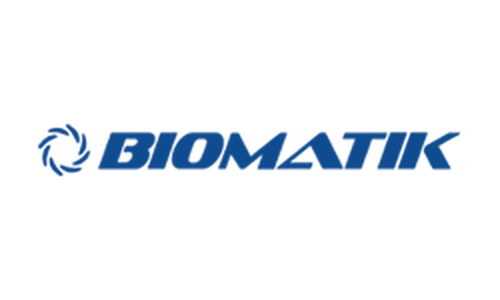Product Description
Recombinant Human C-X-C motif chemokine 11 protein (CXCL11) (Active) is available at Gentaur for Next week Delivery.
Gene Name: CXCL11,ITAC,SCYB11,SCYB9B
Alternative Names : Beta-R1, Interferon gamma-inducible protein 9, IP-9, Interferon-inducible T-cell alpha chemoattractant, I-TAC
Expression Region : 22-94aa
AA Sequence : FPMFKRGRCL CIGPGVKAVK VADIEKASIM YPSNNCDKIE VIITLKENKG QRCLNPKSKQ ARLIIKKVER KNF
Sequence Info : Full Length of Mature Protein
Tag Info : Tag-Free
Theoretical MW : 8.3 kDa
Storage Buffer : Lyophilized from a 0.2 µm filtered PBS, pH 7.4
Endotoxin Level : Less than 1.0 EU/µg as determined by LAL method.-
Biological Activity : The biological activity determined by a chemotaxis bioassay using human IL-2 activated human T-lymphocytes is in a concentration range of 0.1-10 ng/ml.
Storage : Short term: -20°C; Long term: -80°C. Minimize freeze and thaw cycles.
Research Area : Immunology
Restriction : For Research Use Only. Not for use in diagnostic procedures, drug use, or for administration to humans or animals.
Relevance : Chemotactic for interleukin-activated T-cells but not unstimulated T-cells, neutrophils or monocytes. Induces calcium release in activated T-cells. Binds to CXCR3. May play an important role in CNS diseases which involve T-cell recruitment. May play a role in skin immune responses.
Function : Chemotactic for interleukin-activated T-cells but not unstimulated T-cells, neutrophils or monocytes. Induces calcium release in activated T-cells. Binds to CXCR3. May play an important role in CNS diseases which involve T-cell recruitment. May play a role in skin immune responses.
Involvement in disease :
Subcellular location : Secreted
Protein Families : Intercrine alpha (chemokine CxC) family
Tissue Specificity : High levels in peripheral blood leukocytes, pancreas and liver astrocytes. Moderate levels in thymus, spleen and lung. Low levels in placenta, prostate and small intestine. Also found in epidermal basal layer keratinocytes in skin disorders.
Paythway : Chemokinesignalingpathway
Uniprot ID : O14625
 Euro
Euro
 British Pound
British Pound
 US Dollar
US Dollar








